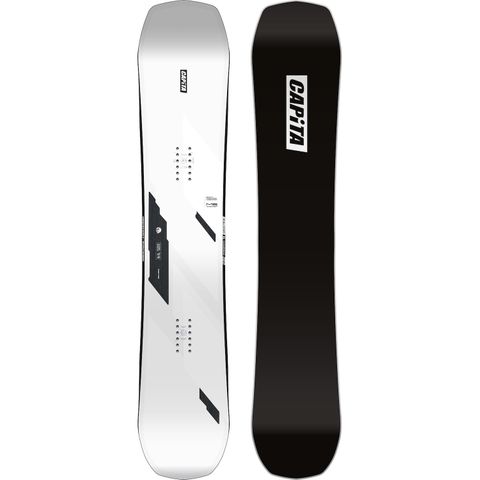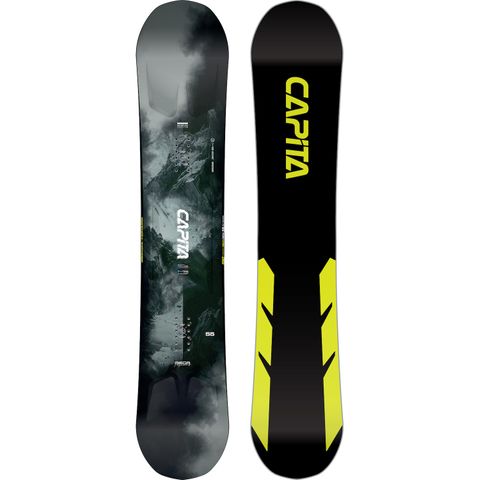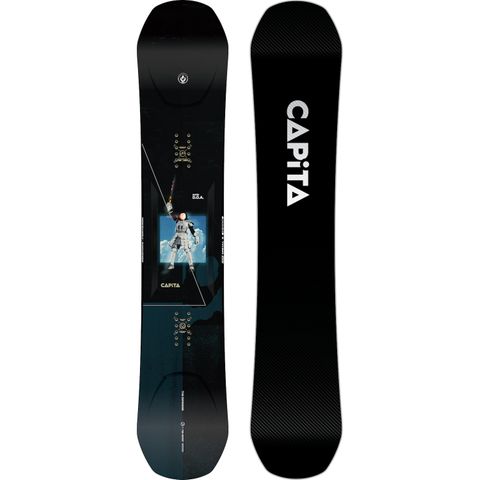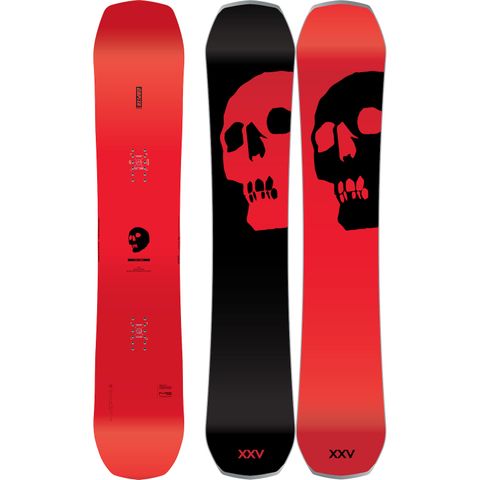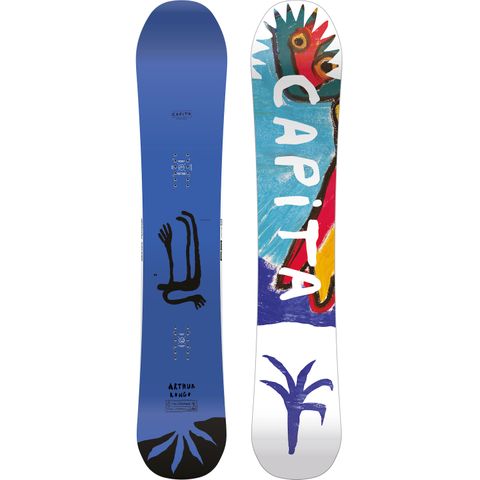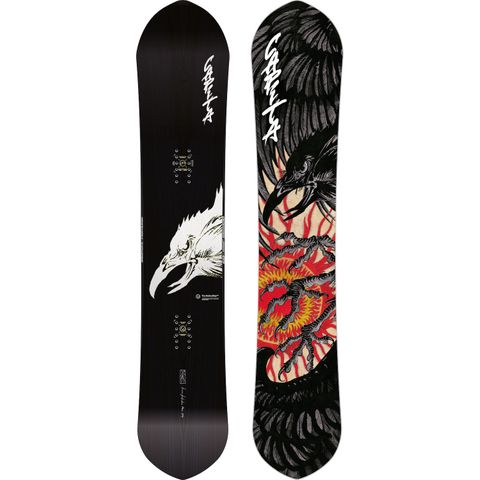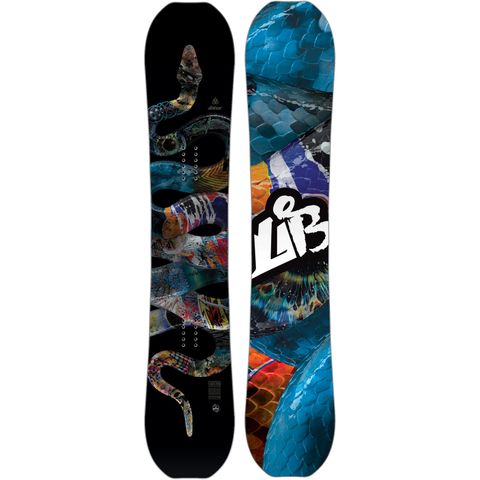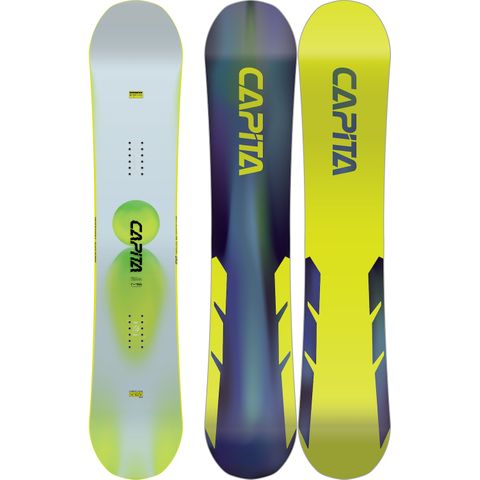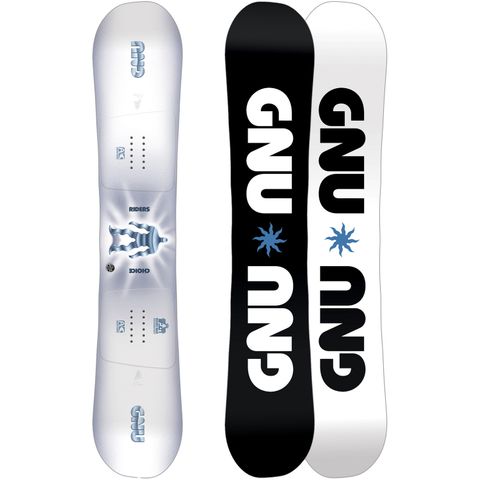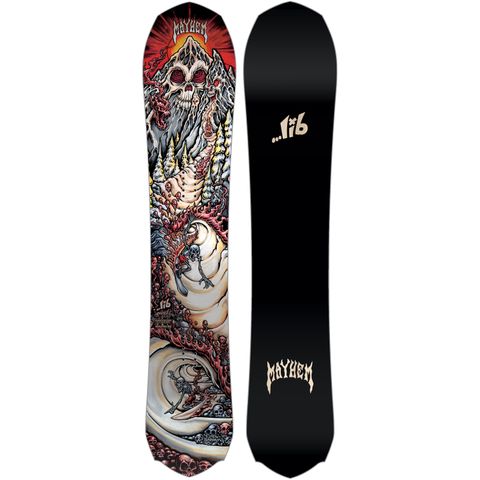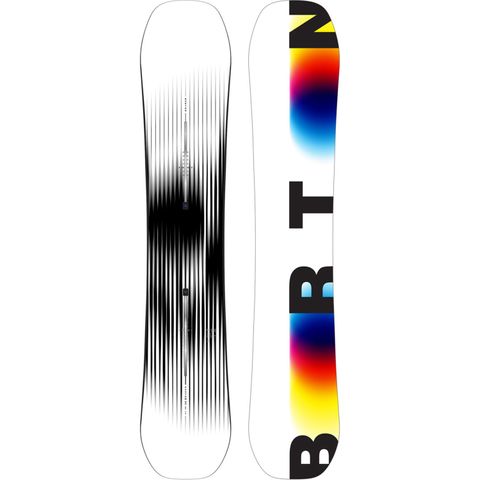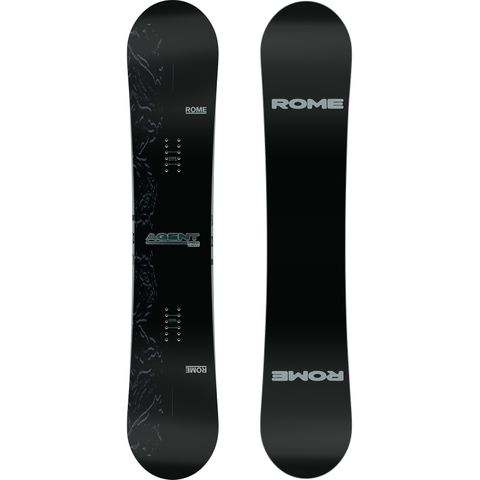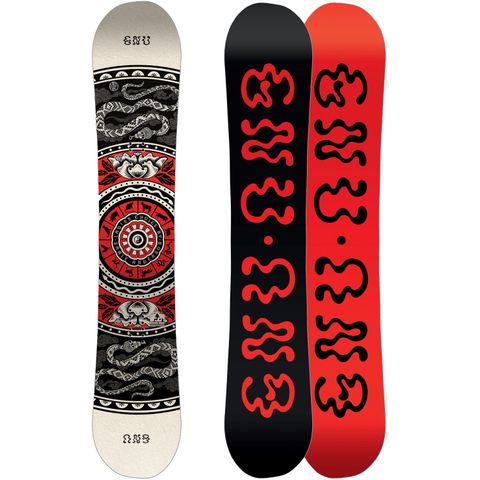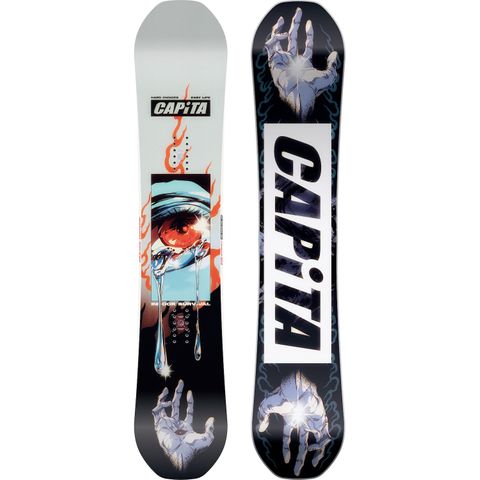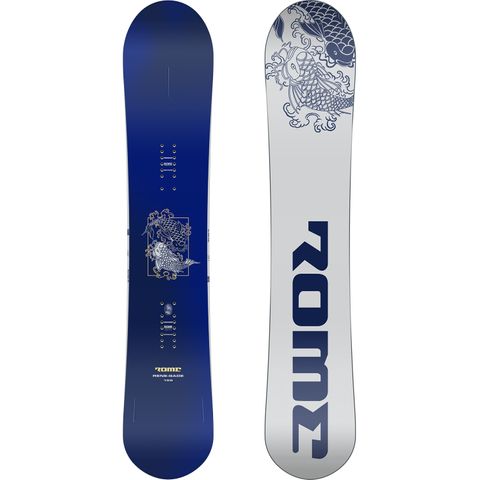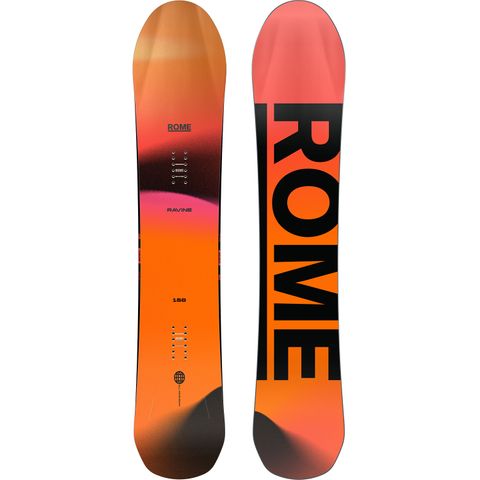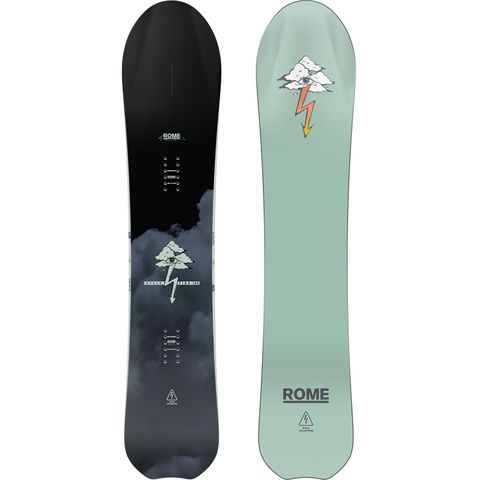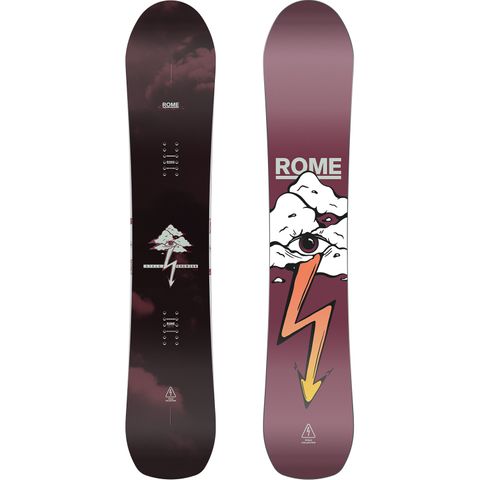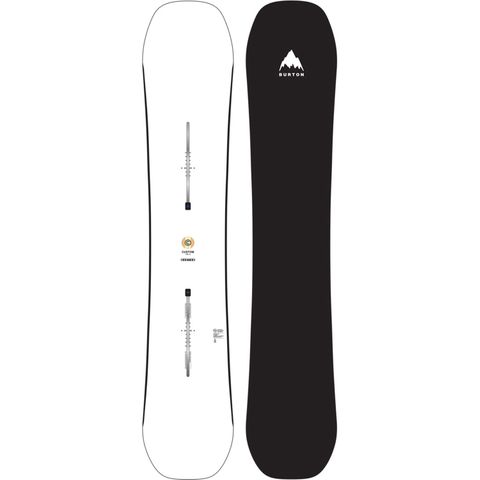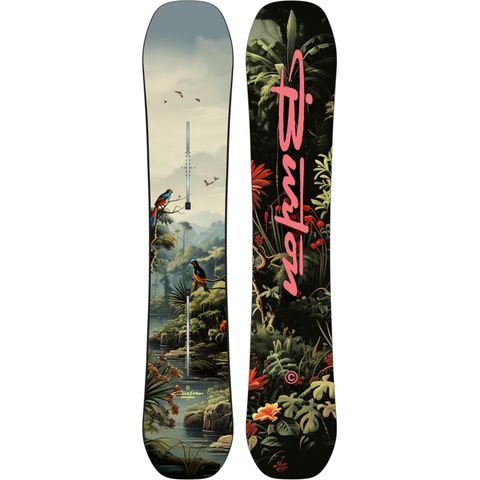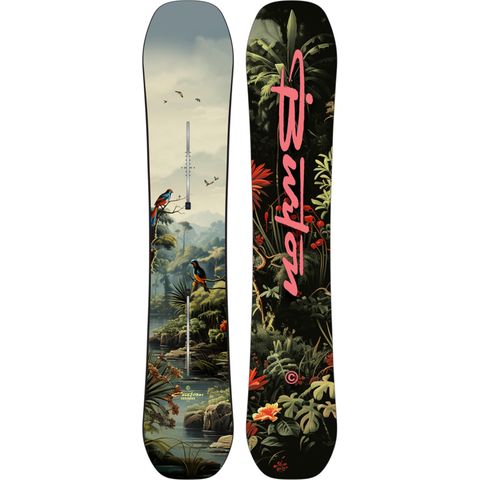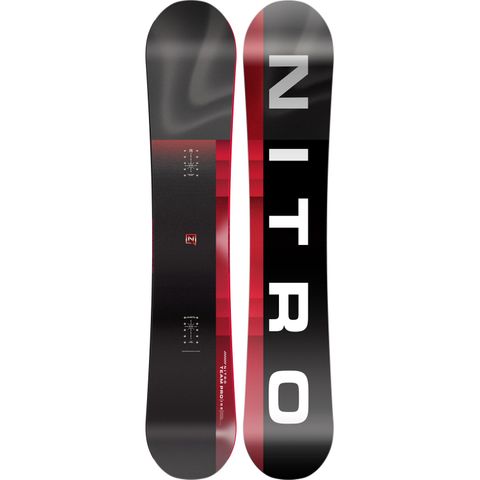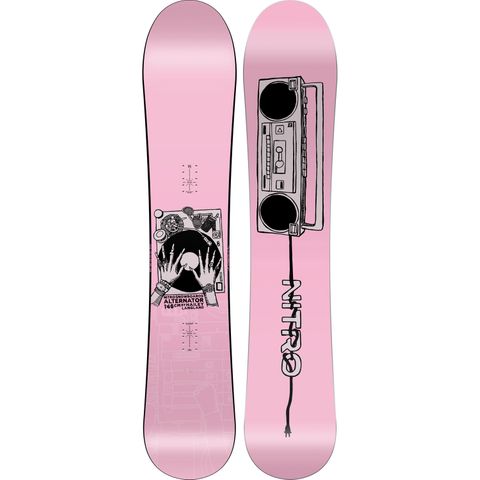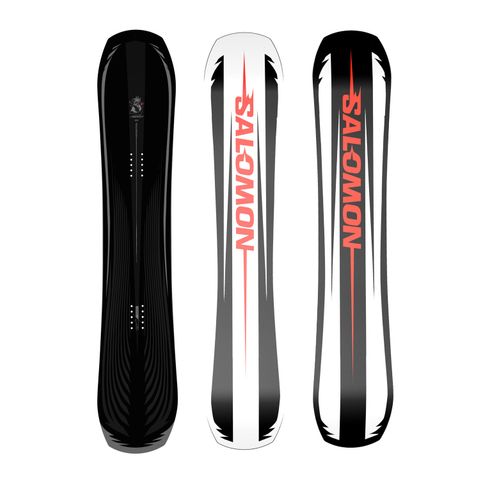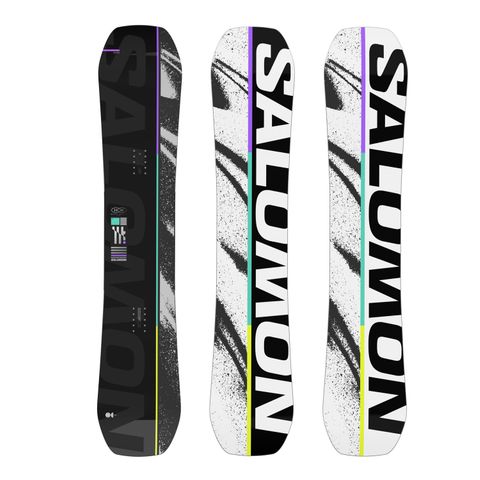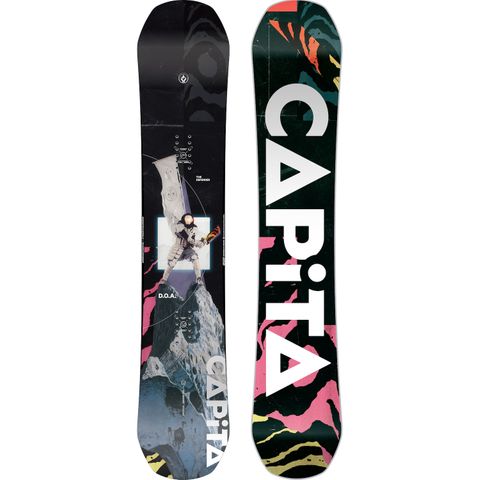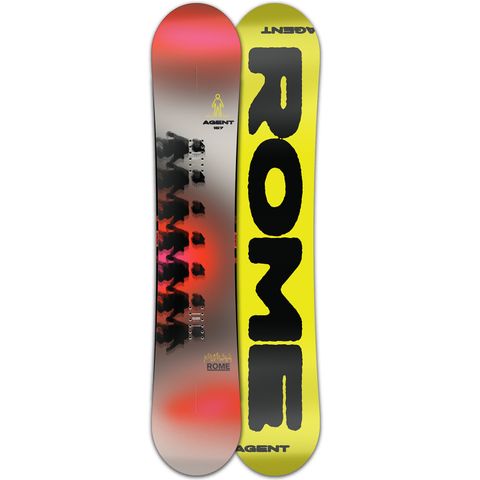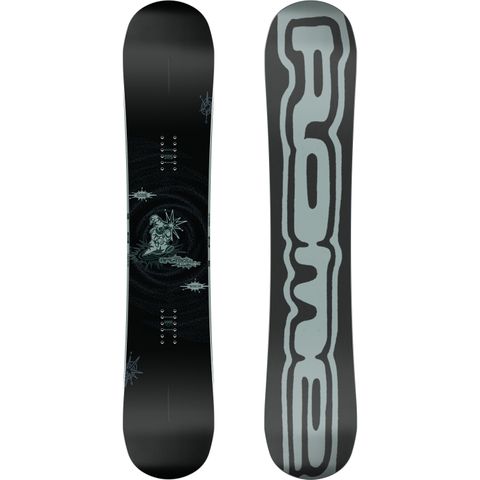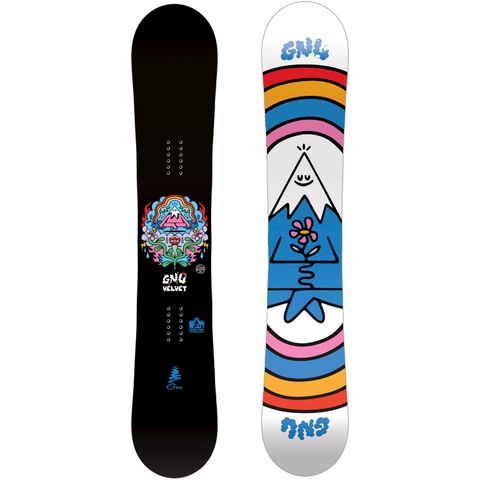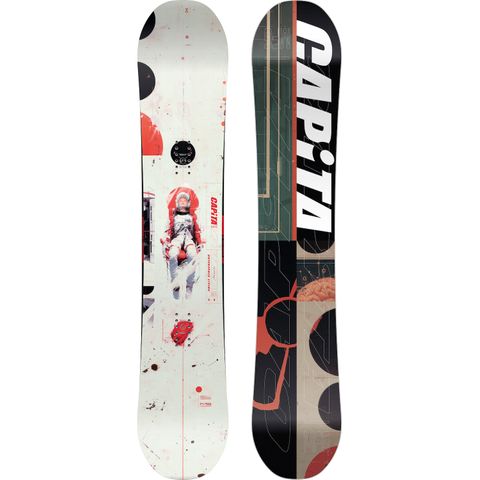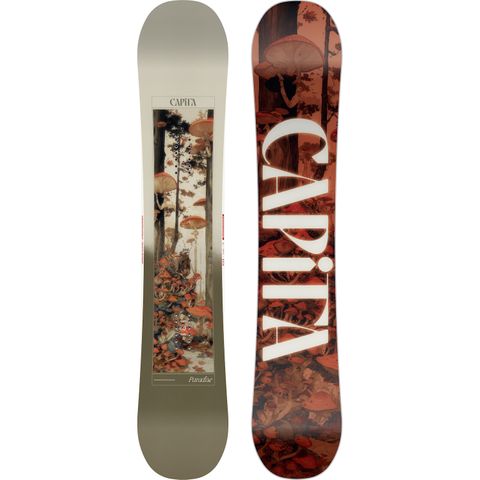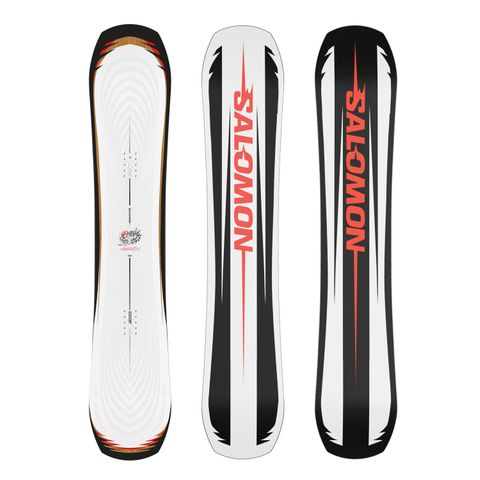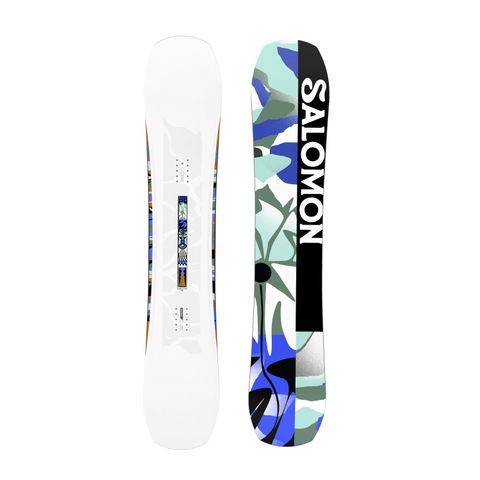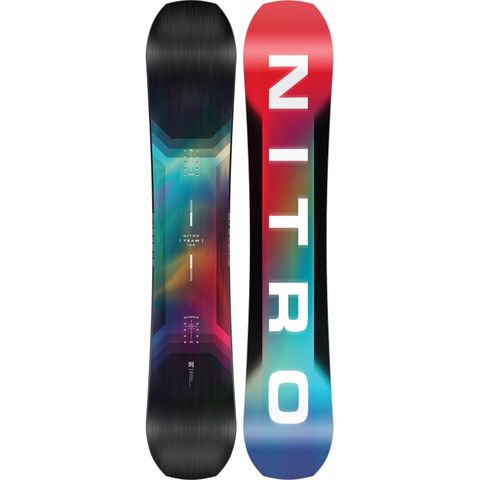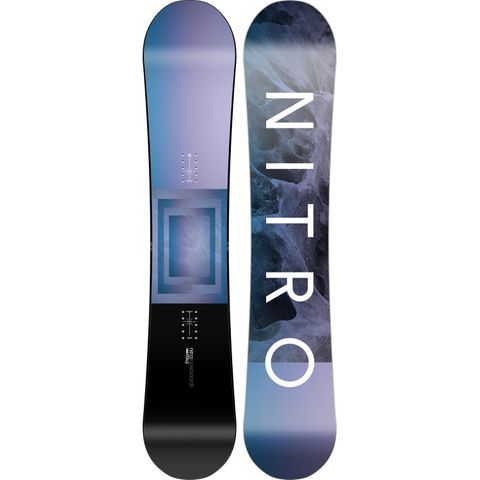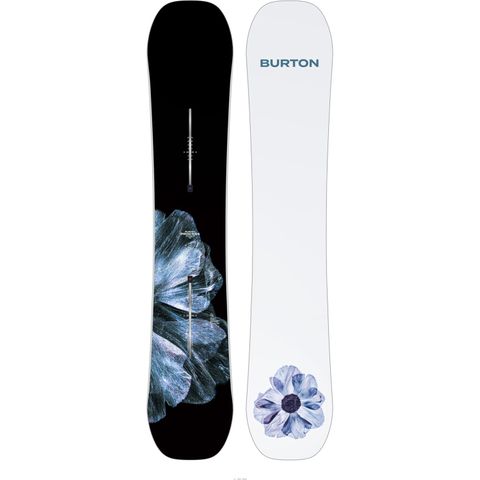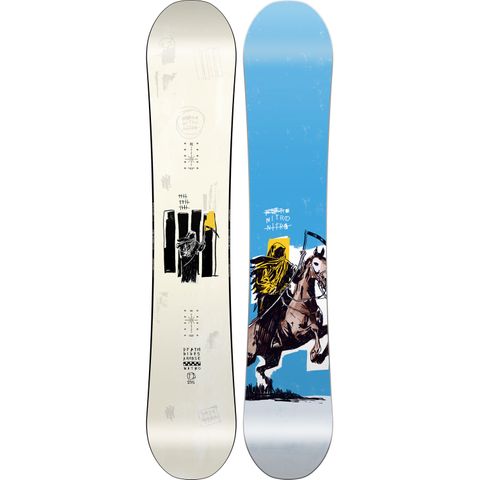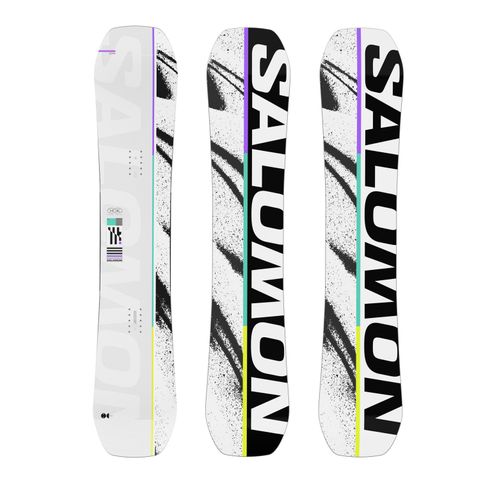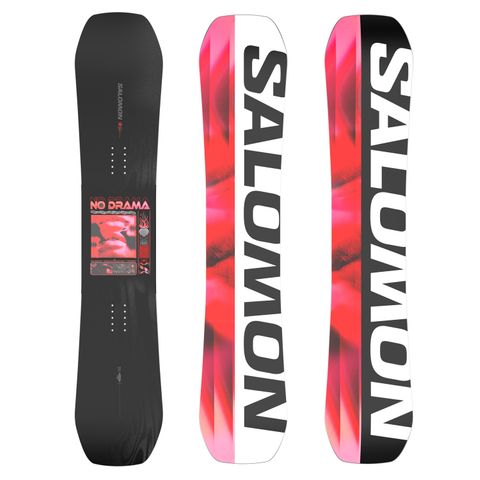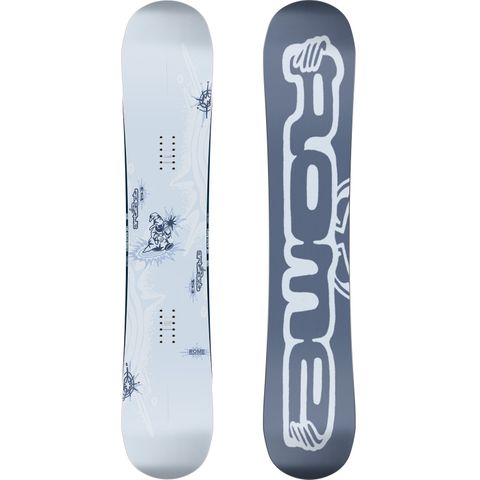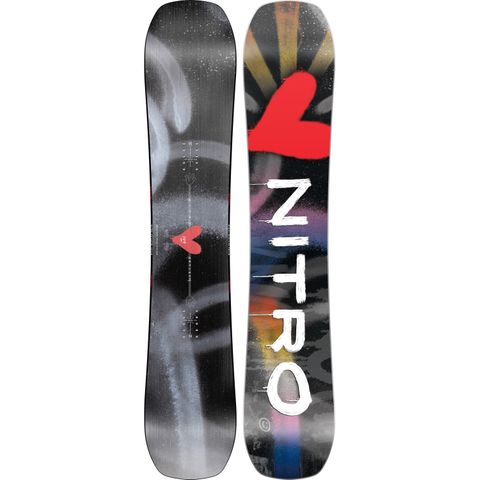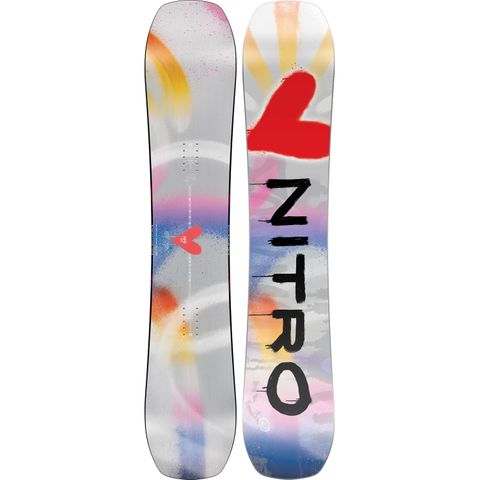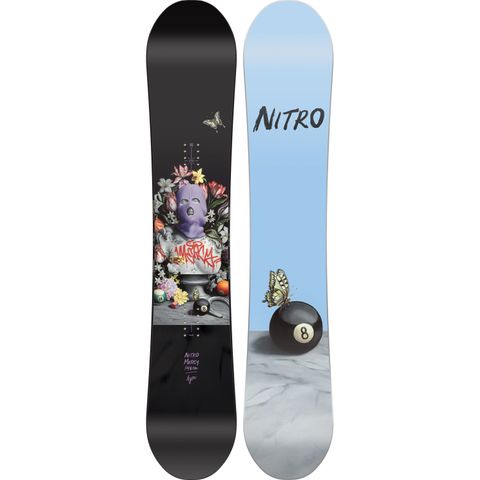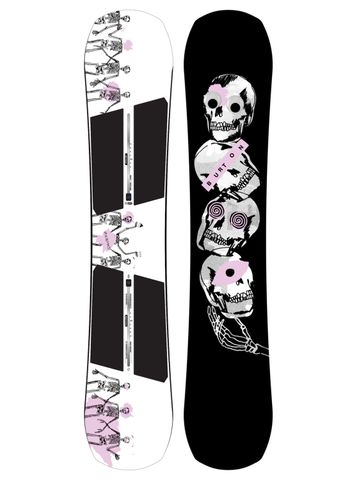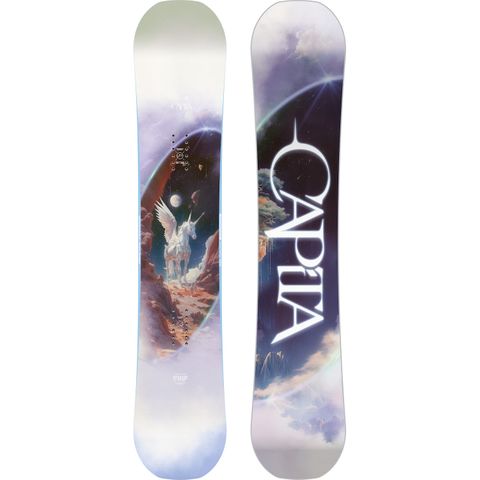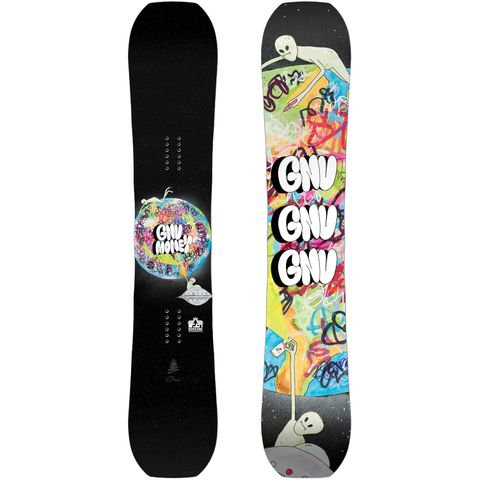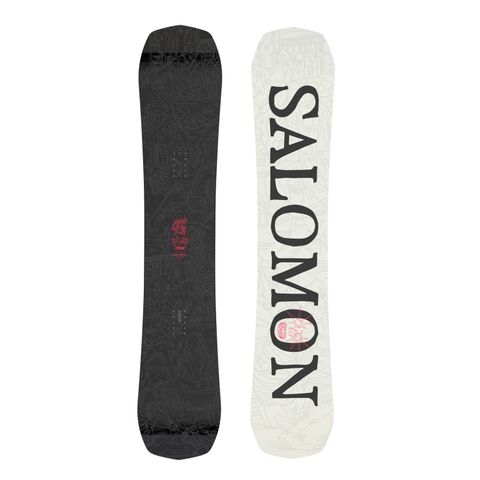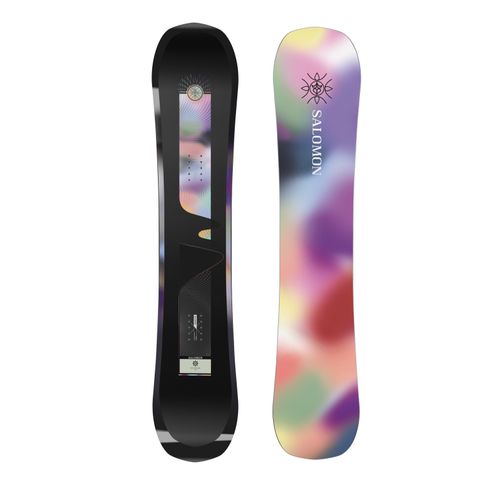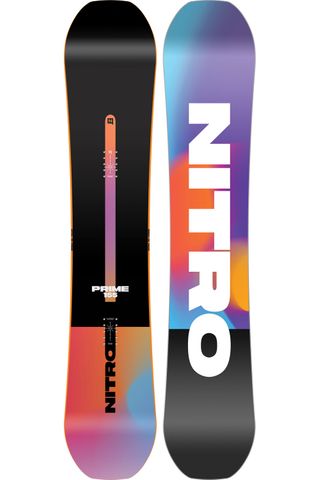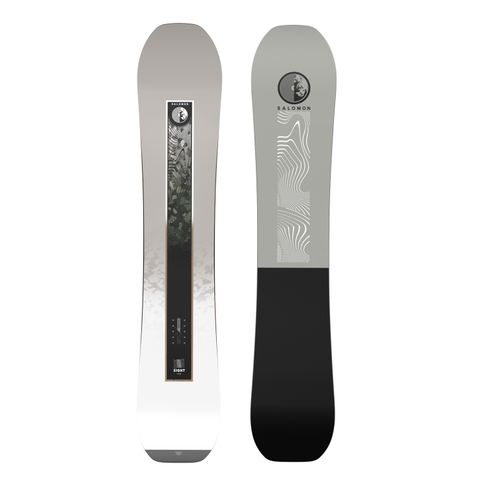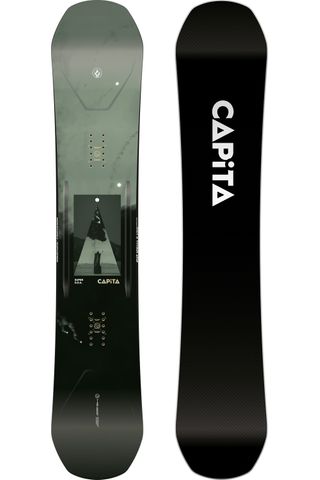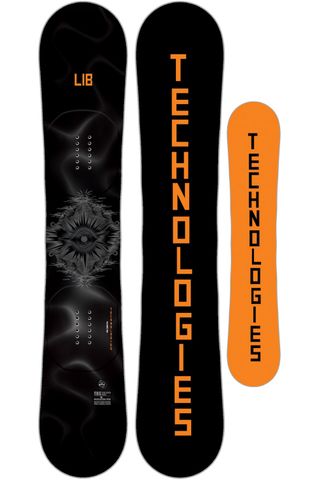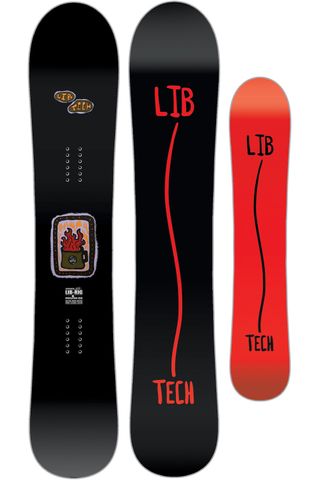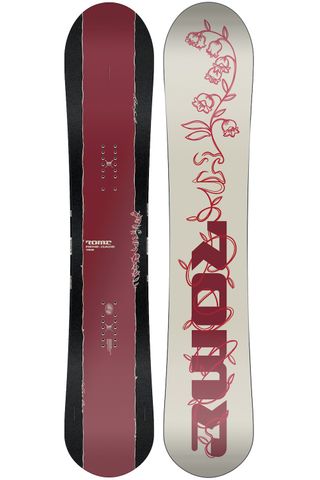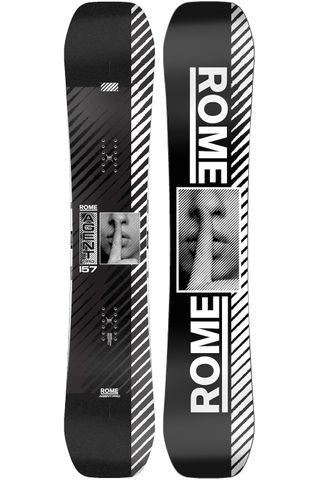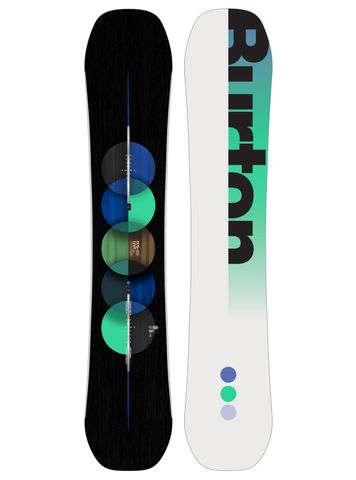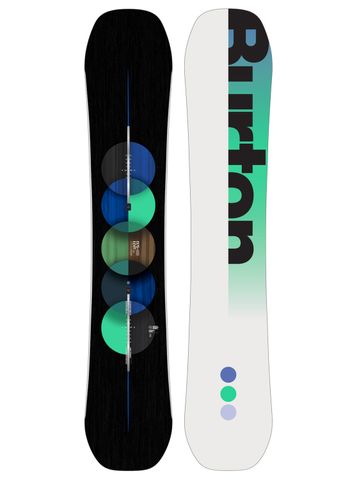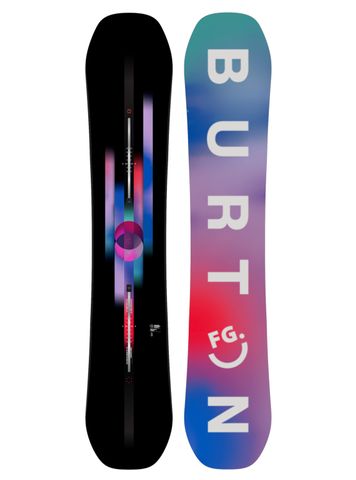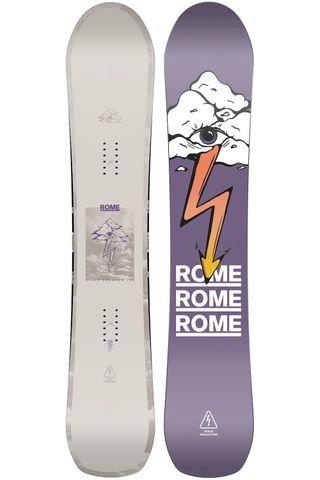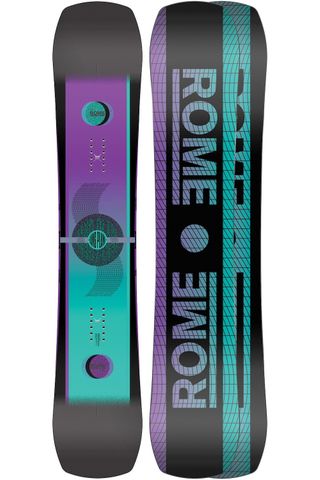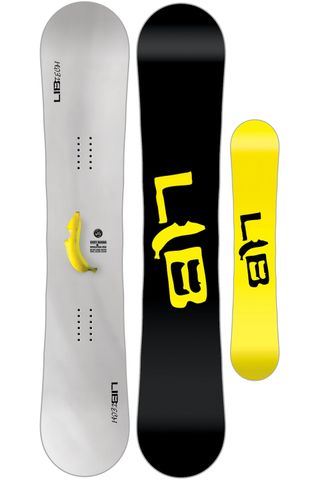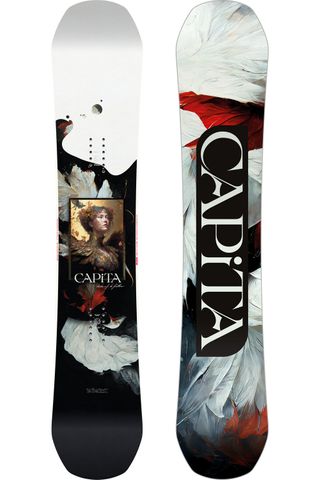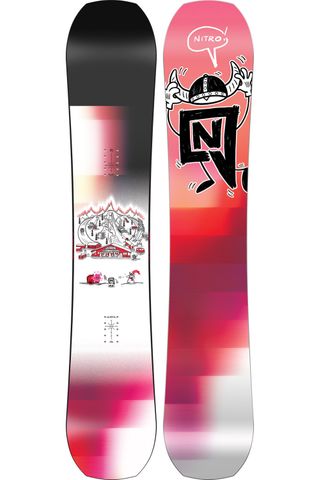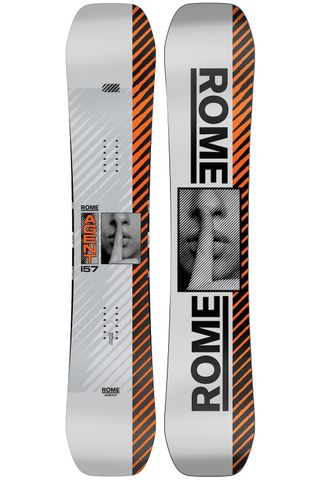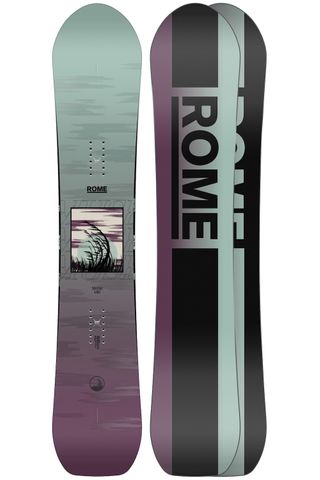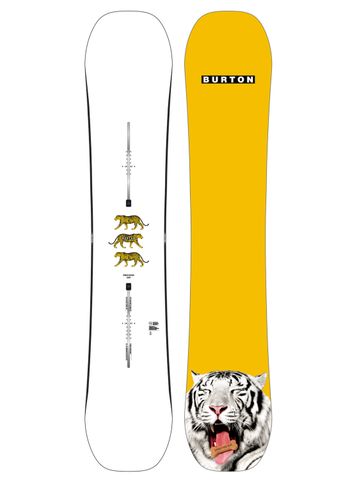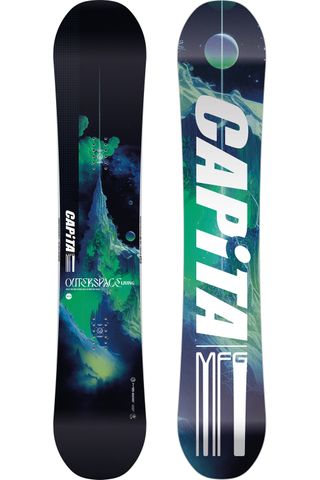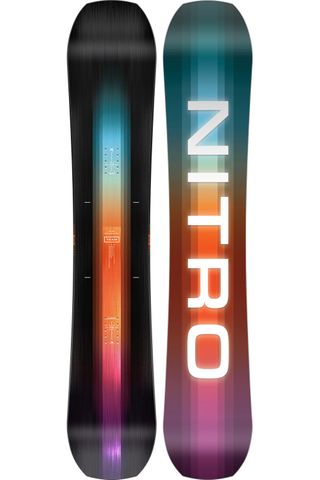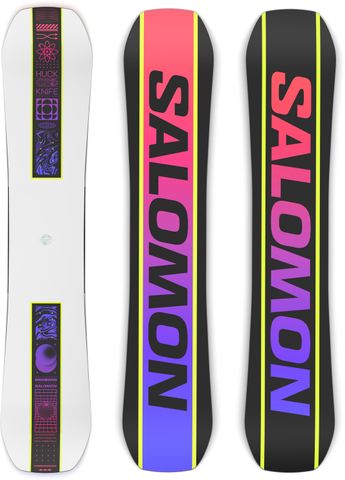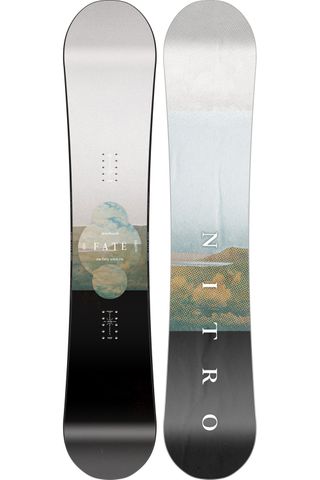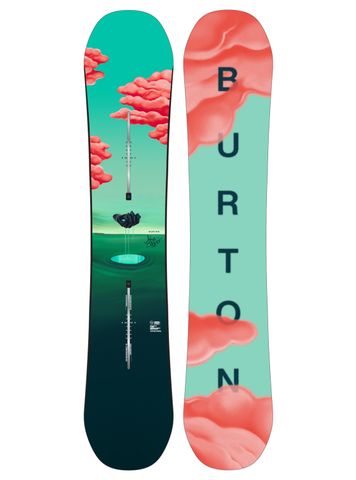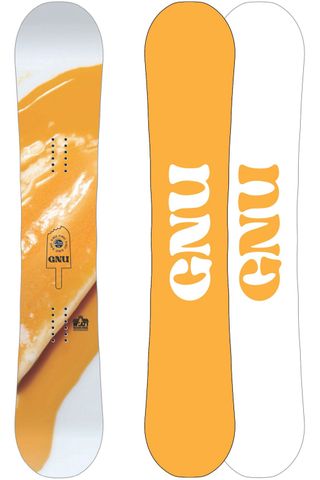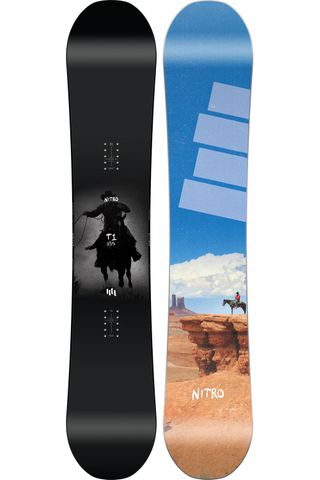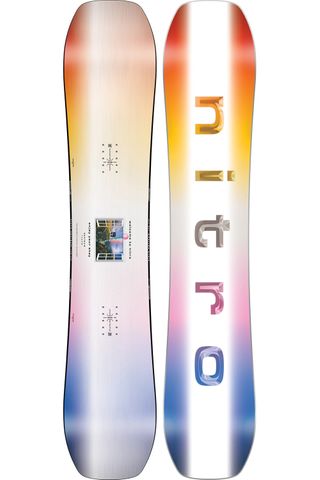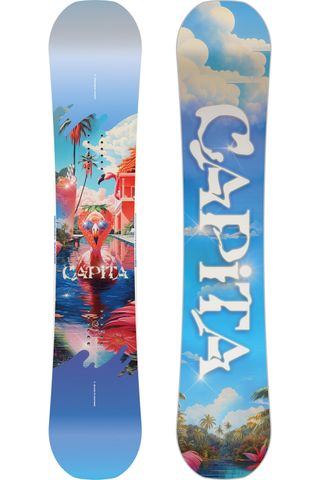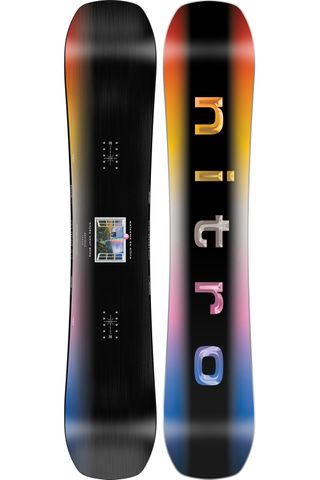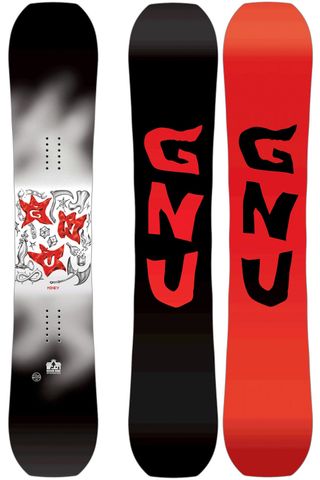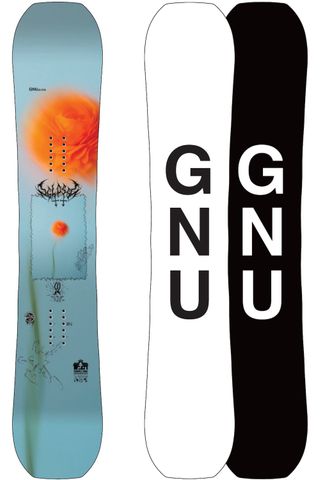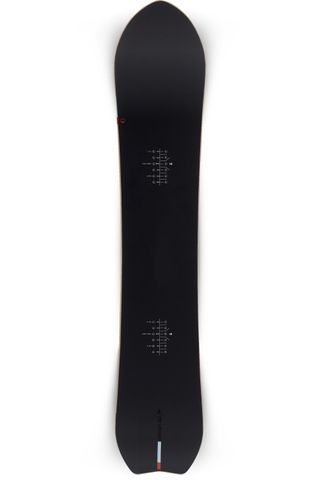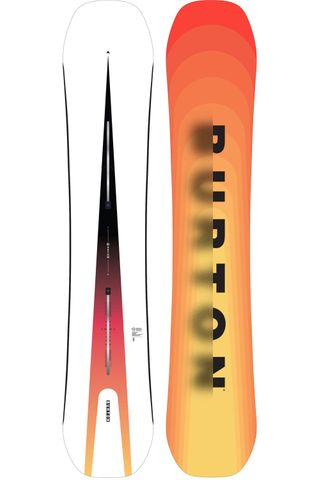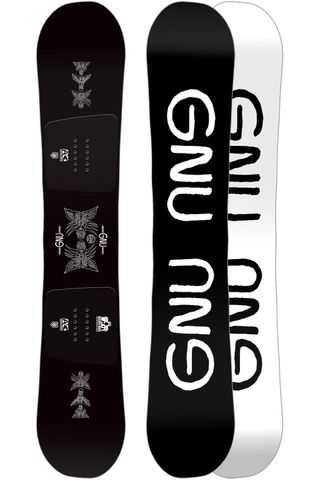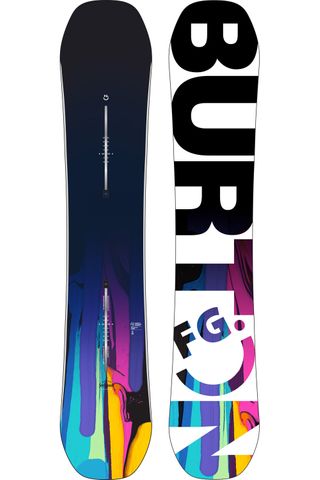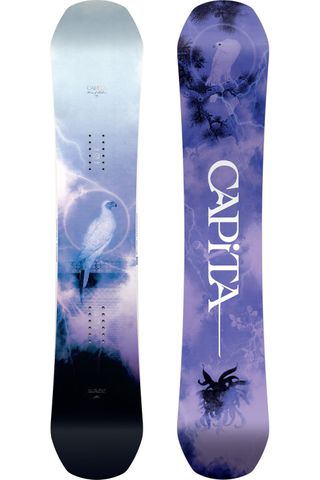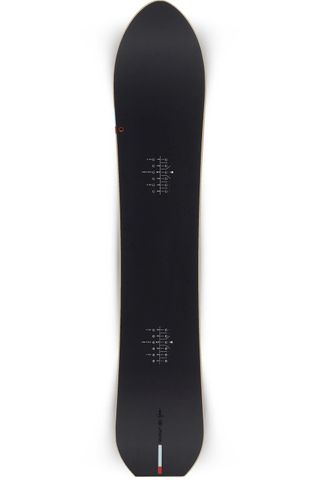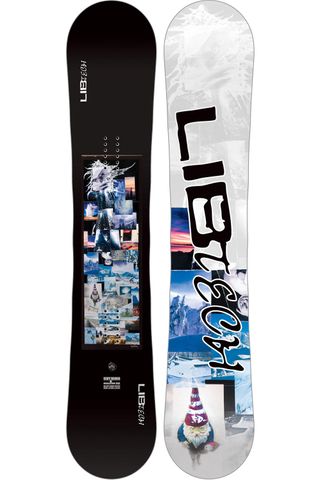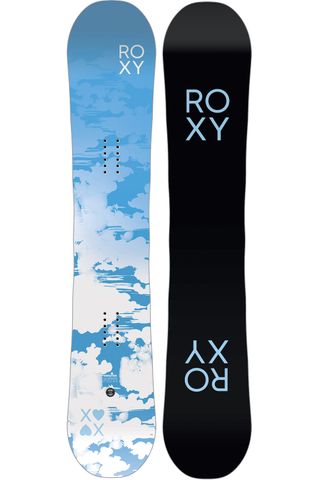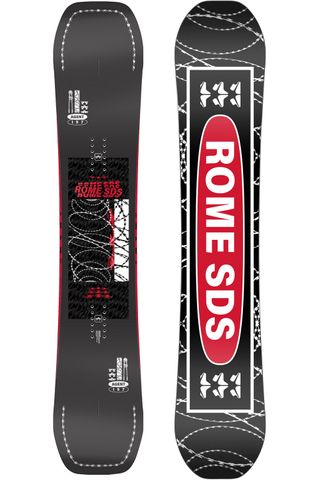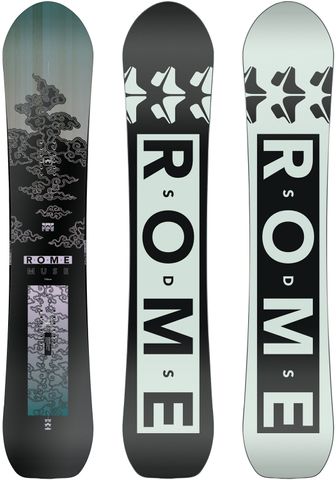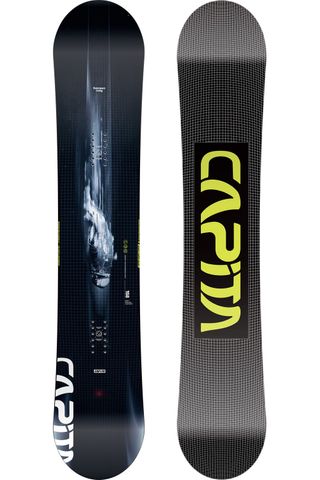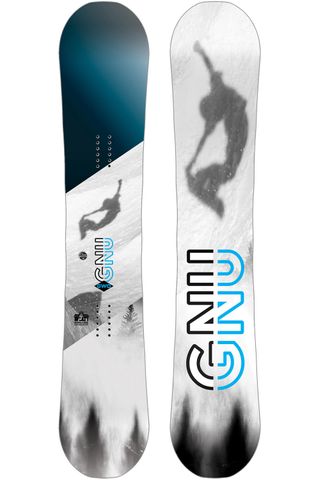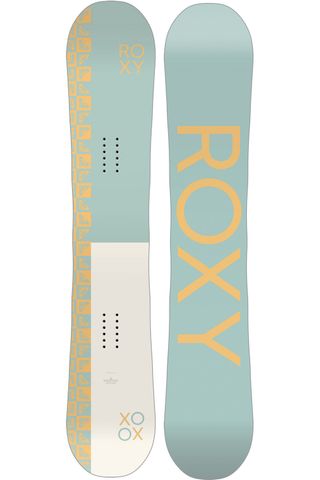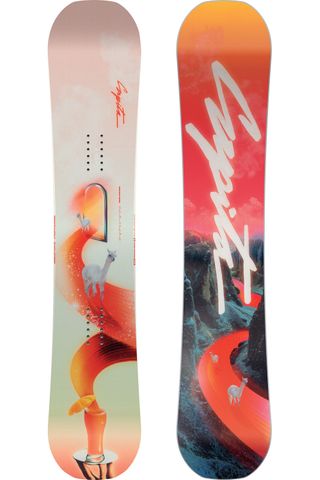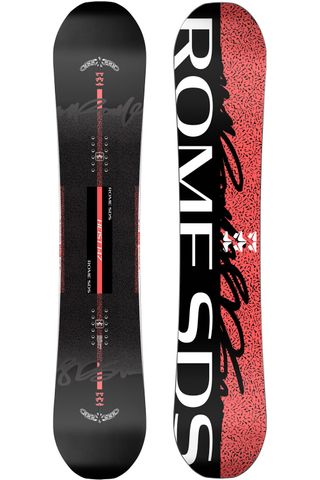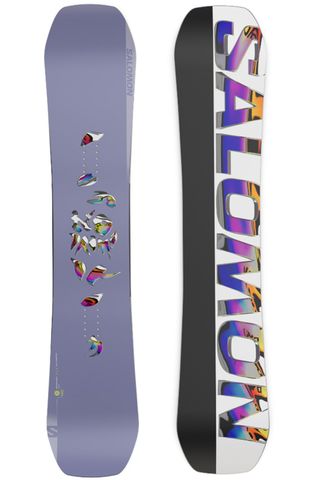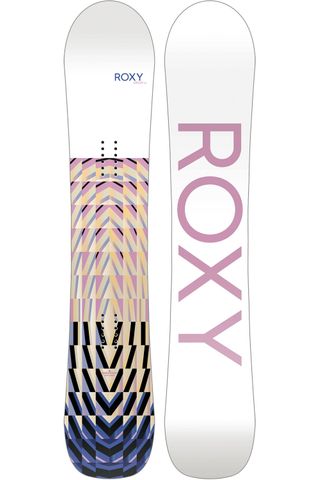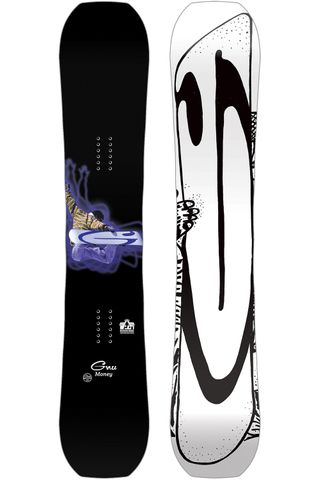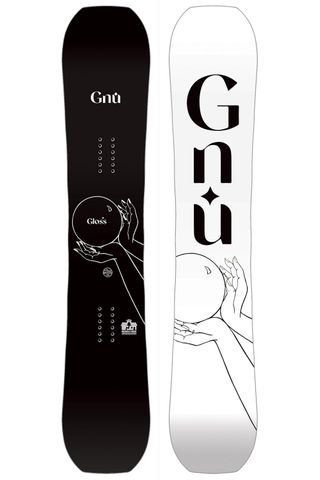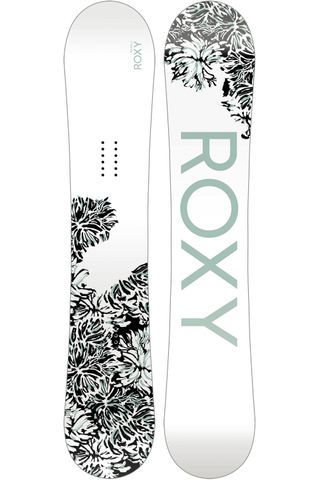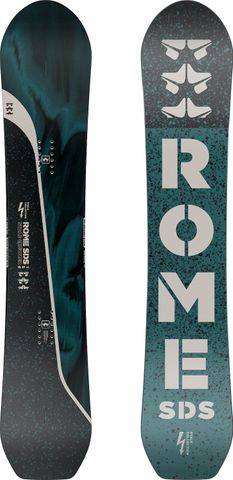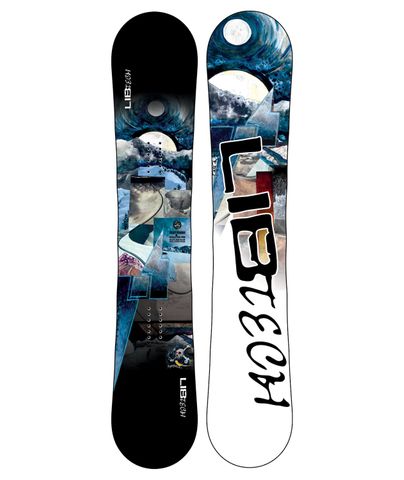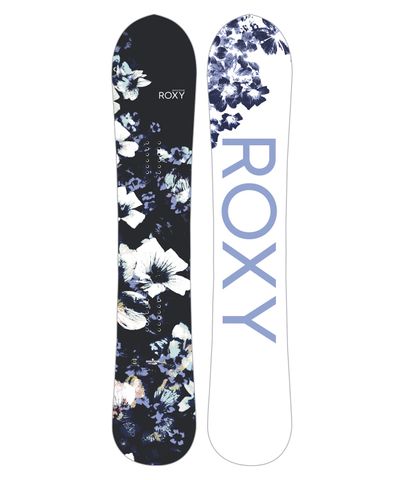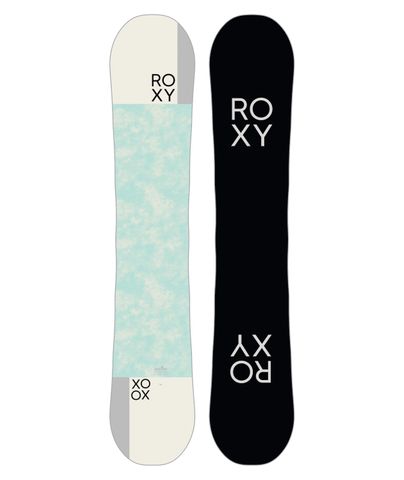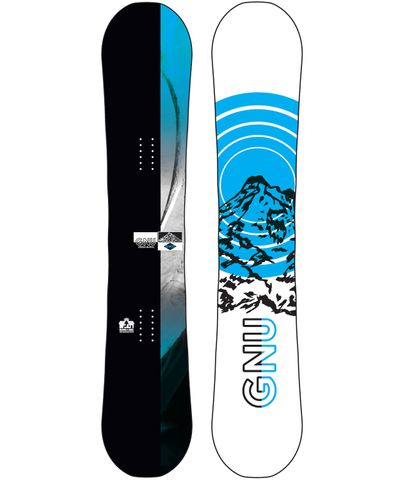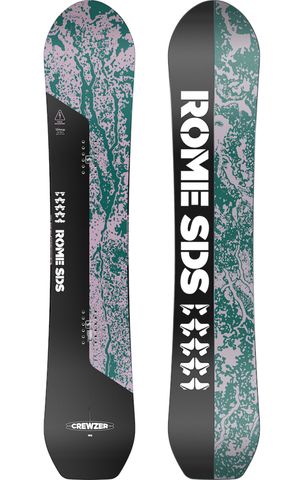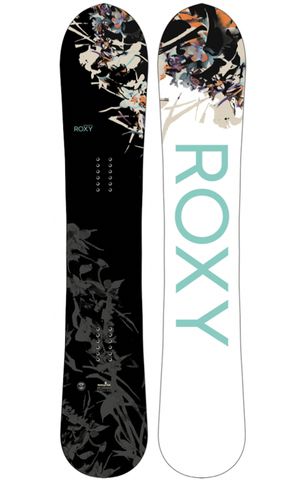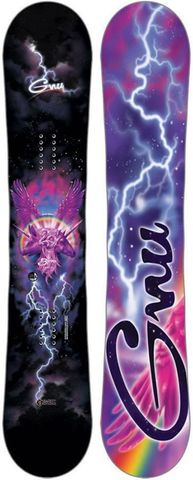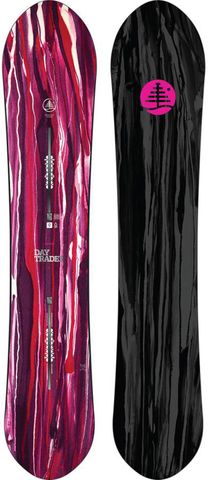Snowboards

Snowboarding originated in the United States in the 1960s and 1970s. The first snowboard was created by Sherman Poppen in 1965, who fastened two skis together and added a rope to create a rudimentary snowboard. In 1977, Jake Burton Carpenter founded Burton Snowboards, which helped to popularize the sport and develop modern snowboarding equipment. By the 1980s, snowboarding had become a popular alternative to skiing, and was officially recognized as an Olympic sport in 1998. Snowboarding initially faced resistance from ski resorts, which viewed snowboarders as reckless and potentially dangerous to other skiers. However, as the sport grew in popularity, most resorts began to welcome snowboarders and create designated terrain parks and halfpipes for them to ride. Today, snowboarding is a popular winter sport enjoyed by millions of people around the world. It has evolved into many different styles and disciplines, including freestyle, halfpipe, big air, and backcountry. Choosing a new snowboard can be overwhelming, but there are a few key factors to consider that will help you make the right decision.
- RIDING STYLE: Your preferred riding style will impact your choice of snowboard. Freestyle snowboards are designed for park riding and tricks, while all-mountain snowboards are more versatile and can be used for different types of terrain. Powder snowboards are designed for deep snow and backcountry riding.
- SHAPE: Snowboards come in different shapes, such as directional, twin, and directional-twin. Directional boards are designed to go in one direction, while twin boards are symmetrical and can be ridden in either direction. Directional-twin boards are a hybrid of both designs.
- FLEX: The flex of a snowboard refers to how stiff or soft it is. A softer flex is better for beginners or those who prefer a more playful ride, while a stiffer flex is suitable for experienced riders who want more stability, pop, and performance.
- LENGTH: The length of a snowboard is an important consideration. Shorter boards are typically easier to manoeuvre and easier for beginners, while longer boards provide more stability and offer greater performance at higher speeds.
- WIDTH: The width of the snowboard is important, as it needs to be wide enough to accommodate your boots without your toes or heels overhanging the edges too much. If you have a boot size of US 11.5 and over, you should consider board with a wider waist width.
CATEGORIES:
With these factors considered it is beneficial to understand the categories of snowboards that are available to help narrow down your options.
- FREESTYLE: Park/Freestyle snowboards, are designed to excel in terrain-park conditions. Most park boards will feature a true-twin shape designed to be ridden switch without compromise and will vary in flex from soft to stiff depending on primary use case being rails or large jumps. Most park snowboards will feature a soft flex best for rails, jibbing and small to medium jumps. Park snowboards are a great option for beginners as their soft flex is fun and forgiving.
- ALL MOUNTAIN FREESTYLE: All-mountain freestyle snowboards are versatile and designed for a variety of terrain, including park, groomed runs, and off-piste riding. Most all-mountain freestyle boards feature a directional twin shape making them slightly tapered from tip to tail to aid turn-in but still retain the twin profile making them well suited to terrain parks and riding switch. Their flex will tend to be stiffer than park/freestyle snowboards for increased edge hold and stability, however, remain soft enough for tricks and jibs around the resort.
- FREERIDE: Freeride snowboards are designed for off-piste riding and backcountry terrain. They are typically longer and stiffer than all-mountain boards, with a directional shape and setback stance that provides better float in deep snow.
- POWDER: Powder snowboards are designed specifically for deep snow and off-piste riding. They are typically wider than other snowboards, with a tapered shape and a setback stance that provides maximum float in deep snow.
- SPLITBOARDS: Splitboards are designed for backcountry touring and allow riders to climb uphill with skins attached to the base of the board. They can be split apart into two skis for uphill travel and then reassembled into a snowboard for the ride down.
PROFILES:
The profile of a snowboard refers to the shape of the board when viewed from the side. The profile of a snowboard directly influences its riding style and contributes to a snowboard’s personality and characteristics. Snowboards are available in several key profiles such as:
- TRADITIONAL CAMBER: A traditional camber snowboard has a smooth, continuous arch shape that touches the snow at the tip and tail but lifts between the bindings. This design provides maximum pop and stability, and is ideal for higher speeds, aggressive carving, and response.
- ROCKER: A rocker snowboard has a reverse camber shape that touches the snow between the bindings but lifts tip and tail. This design creates a looser feel and makes it easier to turn and manoeuvre lowering the risk of catching edges. Many powder boards feature a rocker design for added float and park boards for their catch-free attitude on rails.
- HYBRID: A hybrid snowboard combines elements of camber and rocker to provide a balance of stability and manoeuvrability. For example, a board might have rocker in the tip and tail for easy turn initiation and float and a camber section under the bindings for pop and stability at speed.
- S-ROCKER: A S-Rocker snowboard has a shape that also combines both traditional camber and rocker profiles as it features camber towards the rear, with rocker towards the nose. S-Rocker snowboards combine stability and control with float for powder.
CONSTRUCTION & MATERIALS:
Snowboards are typically made from a combination of materials, each of which contributes to the board's overall performance, characteristics, and price. Some constructions are better than others depending on the rider’s skill level and intended use. Beginner riders may prefer a snowboard with a soft flex as they are more affordable, more forgiving, and easier to control. Advanced riders typically prefer more advanced snowboard constructions that offer response, stability, and pop. It's important to note that the best construction will depend on the rider’s individual preferences and the type of snowboarding they will be doing.
- CORE: The core of a snowboard is typically made from wood as it offers good flex and durability. Different wood cores are available such as Poplar, Birch, Aspen, Bamboo and Paulownia, each with its own benefits. Two or more kinds of wood can be combined, and the direction of a wood core will also influence the way the board rides and feels.
- BASE: Snowboard bases are made from a polyethylene plastic called P-Tex. P-Tex is formed into sheets in two ways; Sintered or extruded.
- Sintered bases are made by compressing and heating together tiny particles of P-Tex into a solid sheet. This creates a dense and porous base material that is more durable, faster, and holds wax better than extruded bases. Sintered bases are typically found on higher-end snowboards because they are more expensive to produce.
- Extruded bases are made by melting polyethylene pellets and forcing them through a die to create a flat sheet. This creates a base material that is less porous and less durable than sintered bases. Extruded bases are typically found on lower-end snowboards because they are cheaper to produce.
- ADDITIVES: Various additives can be used in snowboard constructions to enhance a boards performance and characteristics. Common additives include:
- Carbon Fibre: Carbon fibre is a lightweight and stiff material that is added to snowboards to increase their torsional stiffness and overall response. Carbon fibre is typically used in the tip and tail areas of the board to enhance pop and snap.
- Kevlar: Kevlar is a high-strength material that is added to snowboards to increase their durability and resistance to damage from impacts or rocks.
- Titanal: Titanal is a type of aluminium alloy that is used in snowboard constructions to add strength and stability. It is typically used as a layer in the core or as reinforcement along the edges.
- Rubber or Cork Dampening: Rubber or cork can be added to snowboards to absorb vibrations and reduce chatter. They are typically used in the core or along the edges of the board to improve ride comfort and stability.
SNOWBOARD SIZING :
Snowboard sizing isn't a perfect science and there are a number of factors to consider including rider weight, rider height, rider ability, the style of snowboard and personal preference. Most manufactures provide a recommended rider weight for each snowboard in their range but this purely a suggestion and other factors may need to be considered.
As a rule, snowboard sizing is mostly dependant on rider weight rather than height. Snowboards can feel a riders weight pressing down on them which determines how much it will flex, but will never know how tall a rider is. The second most important factor to consider is the style of the snowboard. For example, a freestyle or park snowboard may be a couple centimetres shorter than average so that is it easily manoeuvrable for spins and rails, while a freeride snowboard suited to overseas conditions may be slightly longer for stability at speed and float in powder. For riders with boot sizes over US 11.5, consider a wide snowboard (designated with a 'W' after the size. I.e. "155W") to ensure heel and toe drag are minimized as much as possible.
The size guide below compares rider weight (kg) with an average all-mountain freestyle snowboard popular for Australian snow conditions.
| SNOWBOARD SIZE CHART | ||||||
| WEIGHT (KG) | AVERAGE BOARD SIZE (CM) | AVERAGE BOARD SIZE RANGE (CM) | FREESTYLE/PARK BOARD SIZE (CM) | FREERIDE BOARD SIZE (CM) | ||
| 45kg | 140 | 138 to 142 | 138 | 142 | ||
| 50kg | 142 | 140 to 144 | 140 | 144 | ||
| 55kg | 144 | 142 to 146 | 142 | 146 | ||
| 60kg | 146 | 144 to 148 | 144 | 148 | ||
| 65kg | 149 | 147 to 151 | 147 | 151 | ||
| 70kg | 152 | 150 to 154 | 150 | 155 | ||
| 75kg | 154 | 152 to 156 | 152 | 156 | ||
| 80kg | 156 | 154 to 158 | 154 | 158 | ||
| 85kg | 157 | 155 to 159 | 155 | 159 | ||
| 90kg | 158 | 156 to 160 | 156 | 160 | ||
| 95kg | 160 | 158 to 162 | 158 | 162 | ||
| 100+ kg | 162+ | 160 to 164 + | 160+ | 164+ | ||









